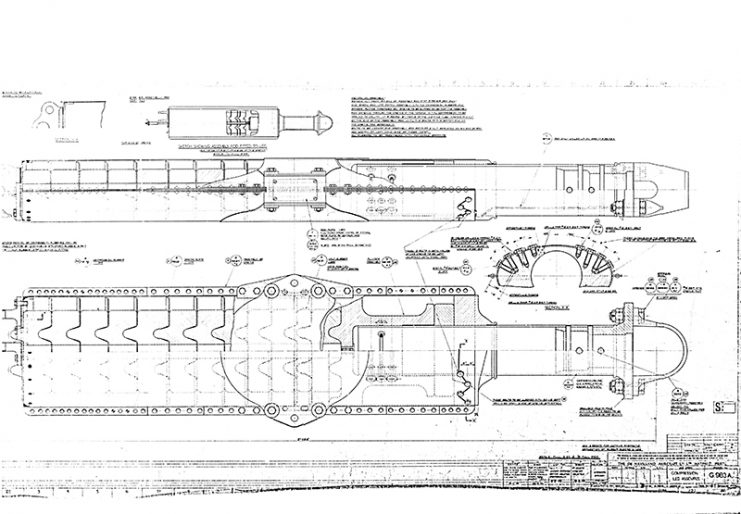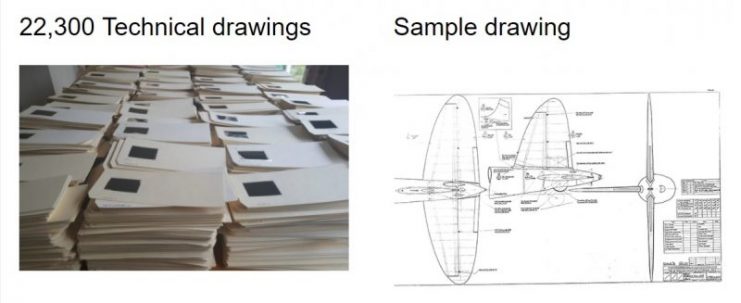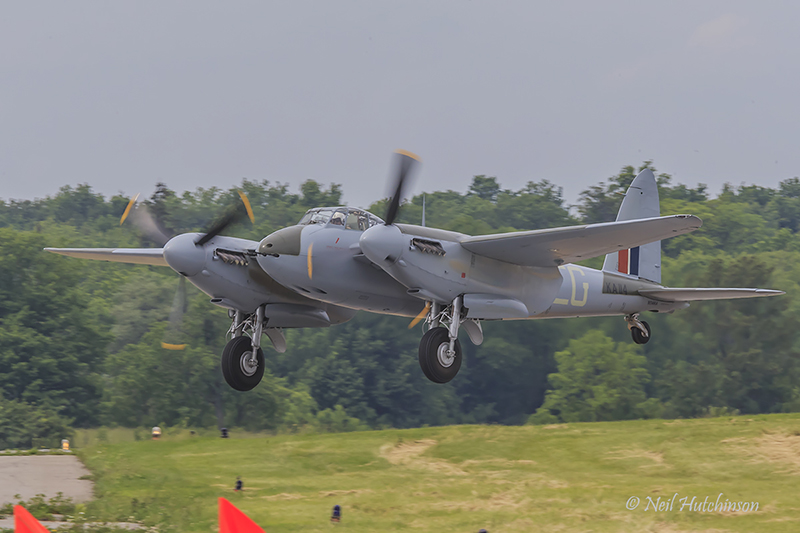The People’s Mosquito Ltd, a UK-based charity dedicated to restoring a De Havilland DH.98 Mosquito FB.VI to UK skies, is in detailed discussions to bring a significant proportion of the restoration build back to the UK.
The decision follows the culmination of months of effort behind the scenes in reviewing and analysing more than 22,300 De Havilland technical drawings, donated to The People’s Mosquito (TPM) in late 2016 by Airbus UK, and with the full approval of BAE.
Following our decision to digitise the drawings for posterity, Ross Sharp, TPM’s Director of Engineering and Airframe Compliance, has been systemically cataloguing this treasure trove of Mosquito-related data throughout 2017, unearthing the hidden engineering details behind this iconic aircraft’s success.
Up until now, the restoration project would have seen The People’s Mosquito built entirely in New Zealand, under the proven expertise of Mosquito Restorations, Aerowood and Ardmore-based warbird restoration specialists, Avspecs. Following the issue of an Export Certificate of Airworthiness by the Civil Aviation Authority of New Zealand, the complete aircraft would have been exported to the UK. This model was not only considered the quickest and ‘easiest’ route to deliver an airworthy Mosquito, it was the only route. Warbird restorers in New Zealand had built up an extensive, but incomplete library of De Havilland Mosquito drawings, which has enabled the teams to successfully deliver two airworthy Mosquitoes for North American customers. These aircraft operate under a Federal Aviation Authority (FAA) Experimental airworthiness certification, which limits those aircraft to essentially air display only.
Under the revised plan, The People’s Mosquito will continue to partner with Mosquito Restorations, Aerowood and Avspecs in delivering the wooden structural components, including fuselage and wings. However, all forgings, control surfaces, undercarriage, key aircraft systems, as well as engines will be delivered, installed and tested in the UK.
Technical data paves the way for a UK-built Mosquito.

“The wealth of technical data we have unearthed over the past few months, coupled with an extensive network of specialist aerospace companies in the UK, means we now have the technical specifications and capability to complete the assembly of RL249, here in the UK,” explains John Lilley, Managing Director.
The Mosquito was a superb example of British innovation and engineering. In 1940, when aeronautical designers and manufacturers were focused on metal monocoque designs, Sir Geoffrey De Havilland bucked the trend and delivered a composite airframe that was without equal for many years in terms of performance. The ‘Mossie’ as it became affectionately known, ultimately helped to change the way we build aircraft today.
“The Mosquito truly was the People’s aircraft – manufacture was de-centralised across the UK, and eventually Canada and Australia. More than 400 small and medium-sized businesses, including furniture makers up and down the country as well as cottage industries played a central role in supplying the components for assembly. By shifting our project back to the UK, we honour that heritage in the best possible way, while supporting the UK’s own highly skilled and dedicated aerospace and warbird restoration sectors.”

The decision also reflects many conversations with supporters and members of the public who frequently voiced their ultimate desire to see a Mosquito FB.VI built in the UK. “We were always mindful of that desire to see the aircraft built here, in its spiritual home, but we needed to ensure we had the necessary technical knowledge and OEM specifications to be able to achieve that goal,” adds John. “It’s clear now, we have everything we need. Discussions are underway with UK-based suppliers to make that dream a reality.”
Media interest in the project has been considerable, including interest from several documentary makers. The decision to bring the build back to the UK is therefore seen as an enabler for providing TPM’s supporters with unprecedented access to the restoration, as well as providing young people with extensive opportunities for science, technology, engineering and mathematics (STEM) education.
John continues: “It’s an incredibly exciting time for the project as we progress commercial negotiations with our UK suppliers, but for the foreseeable future, we continue to prioritise fundraising activities as we seek to secure our fuselage through suppliers in New Zealand.
“Once complete, the completed, doped fuselage will be brought to the UK ready for the next phase. Our New Zealand partners will then pick up work already started on the wing and tail section following fabrication of wing ribs in 2016.
Make sure you follow their Facebook page for more updates and news The People’s Mosquito
“We have a considerable amount of work to deliver in 2018 and continue to seek partners and Mosquito enthusiasts willing to support fundraising efforts. Subject to funding, we believe we can have an airworthy Mosquito FB.VI gracing UK skies inside four years.”
